Affiliate Disclaimer
Some links in this article are affiliate links. We may earn a small commission if you make a purchase through these links, at no extra cost to you. We only recommend products we find useful to our readersStress management has become very important in our lives today for health in the short term and also in the long term. Breathwork and heart rate variability (HRV) monitoring were the latest additions to relaxation, increased resilience, and improved health outcomes.
These biofeedback devices enable users to assess physiological responses, alleviate stress, and refine breathing techniques for autonomous balance of the whole nervous system.
HRV reflects the body’s adaptability to stress, a prime index for general well-being. Integrating HRV with breathwork will show you your real-time stress levels and help you take steps to eliminate various hurdles that adversely affect stress.
This helps you concentrate better, improves sleep quality, and regulates emotional states. With these wearable and app-based biofeedback devices, it has become easier to monitor and enhance HRV.
In this article, we’ll examine the best breathwork and HRV monitors to reduce stress and promote longevity, the science behind them, and the important features to consider when selecting the right device.
The Science Behind Breathwork & HRV for Stress & Longevity
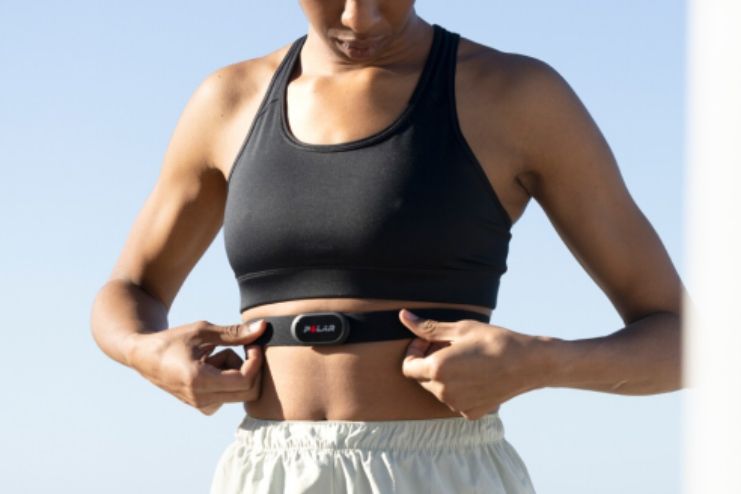
How Controlled Breathing Works on the Nervous System
Breathwork regulates the autonomic nervous system (ANS), which consists of sympathetic (fight or flight) and parasympathetic (rest and digest) nervous systems. Slow, deep breathing stimulates the vagal nerve to activate the parasympathetic response, decreasing stress-related hormones such as cortisol.
Working with the techniques above, diaphragmatic breathing, box breathing, or resonance frequency breathing, at about six breaths a minute, can significantly reduce heart rate, blood pressure, and anxiety.
According to a study published in Frontiers in Psychology in 2021, slow-paced breathing exercises promote vagal tone, which contributes to emotional regulation and stress resilience (R).
HRV: Connection to Stress Resilience and Lifespan
When heartbeats vary over short periods, that indicates how adaptable a body is to stress. Heart rate variability (HRV) thus indicates this level of adaptability.
Good cardiovascular condition, cognitive functioning, and resiliency toward stress are associated with high values of HRV, while low HRV would correlate with chronic stress, anxiety, and high-risk status for diseases such as hypertension and diabetes.
A meta-analysis in 2022, in Neuroscience & Biobehavioral Reviews, validated that subjects with better HRV deal with stress better and regulate their emotions, which may help in extending their lifespan (R).
Biofeedback devices track HRV and allow the users to see how their body responds to stress and alter their breathwork accordingly for health benefits.
Research-Based Perspective on HRV Tracking for Health Optimization
Wearable HRV monitors have advanced, making it easy for us to track our physiological responses to stress to optimize breathwork routines.
Athletes, meditators, and people dealing with anxiety utilize HRV biofeedback training to assist develop a greater awareness of regulating their nervous systems.
A study shows substantial improvements in sleep quality, cognitive functioning, and well-being for subjects practicing HRV biofeedback over eight consecutive weeks (R). Integrating HRV tracking with guided breathwork helps users better manage stress, improve heart health, and prolong life.
Key Features to Look for in Breathwork & HRV Monitors
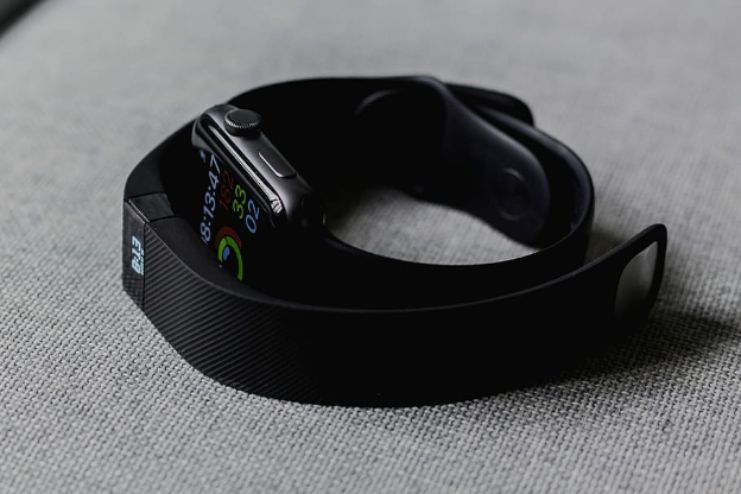
Some crucial features to consider in a breathwork or HRV monitor are those that improve accuracy, usability, and effectiveness during measurement and monitoring. The following are some of the most critical features.
1. Accuracy Plus Real-Time Measurement Features
High measurement precision and real-time measurement of heart rate variability should be expected from an HRV monitor of superior quality. Devices employing Electrocardiogram (ECG) tend to be more accurate than similar devices employing photoplethysmography (PPG). Real-time tracking can enable stress responses to be coupled with breathing patterns instantly.
In a published study in 2023, the authors noted that measurement based on ECG would be more reliable than the measure drawn from PPG-based wrist devices in measuring autonomic nervous system activity. (R)
2. App Integration and Guided Breathwork Exercises
Most modern HRV monitors come integrated with mobile applications offering biofeedback, guided breathing exercises, and individualized insights. Search for devices linked with applications like breathwork session personalization, meditation guidance, and stress-tracking analytics.
A study conducted in 2021 showed in Frontiers in Neuroscience that training for HRV biofeedback over mobile applications enhanced resilience to stress significantly and emotional regulation. (R)
3. Wearable Versus Handheld Devices For Different Users
Wearable HRV Monitors: These include chest straps, armbands, and smart rings. They allow you to monitor HRV continuously during the day and help you monitor stress over extended periods.
Hand-held HRV Devices: These devices measure HRV for short bursts of activity and breath training. They are helpful for users who prefer taking readings at the moment rather than all day.
Research published in 2021 showed that chest strap HRV monitors provide the most accurate data about fitness and stress tracking. Smart rings and devices worn on the wrist excel in convenience but less in accuracy compared to chest straps. (R)
4. Biofeedback Functionalities
As part of biofeedback, the app should allow users to see the physiological response and make breathing adjustments. Some HRV monitors include on-the-spot vibrations, sounds, or app coaching to boost stress regulation through real-time feedback.
A study conducted by Applied Psychophysiology and Biofeedback (2021) found that an individual utilizing biofeedback-enhanced HRV monitors reportedly had reduced perceived stress levels by about 27%. (R)
5. Battery Life and Connectivity
A high-quality HRV monitor would be characterized by an extraordinarily prolonged battery life, especially for wearables worn for 24 hours. Devices with Bluetooth or ANT+ connection can be paired seamlessly for health and fitness apps without compromising the quality mentioned above.
A pilot study published by Frontiers in Psychiatry (2022) showed that smartphone-based HRV biofeedback has improved cardiovagal function and reduced depression, including rumination tendencies (R).
Best Breathwork & HRV Monitors for Stress & Longevity
Here are the best in wearable HRV trackers and breath training devices.
Wearable HRV Trackers
1. Polar H10 Heart Rate Monitor
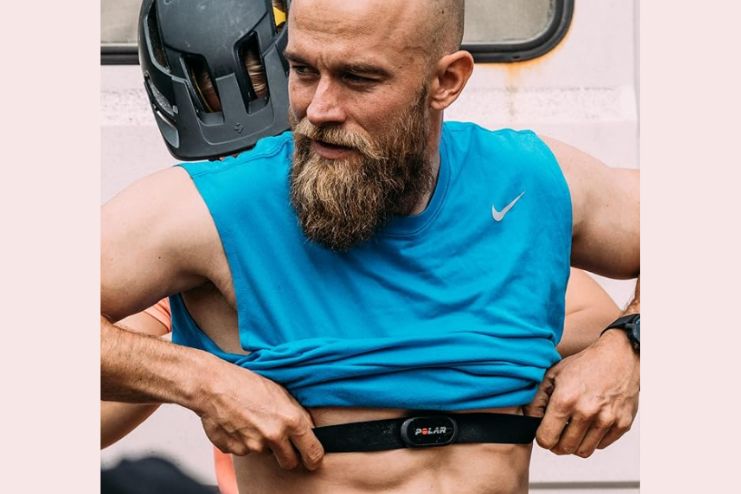
The best HRV monitor for advanced users and athletes wanting it precise.
Features:
- High-precision ECG-based HRV tracking
- Bluetooth & ANT+ feature connect
- Compatibility with fitness apps such as Elite HRV, WHOOP, and TrainingPeaks
Pros:
- Most accurate HR readings
- Long battery life
- Suitable for intense workouts
Cons:
- Requires chest strap
- Inconvenient for casual users
2. OURA Ring Gen 3
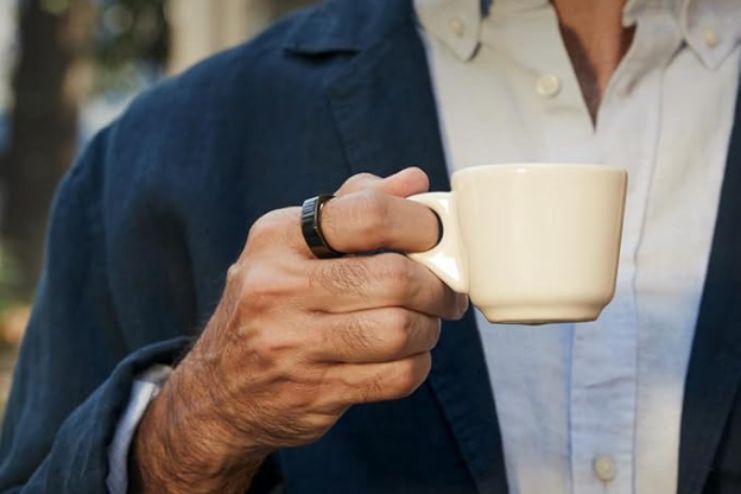
Best suited for tracking HRV every day, including sleep.
Features:
- Tracks HRV and sleeping habits, as well as body temperature
- Light and compact
- Daily readiness score based on one’s HRV
Pros:
- Comfortable
- Fashionable
- Long battery life
Cons:
- Not as accurately measured when moving
- Pretty pricey
Devices for Breathing Training
3. Breathwrk PRO
Best for guided breathwork exercises
It has structured breathing exercises that sync with HRV data to help improve lung capacity, enhanced relaxation, and personalized training.
Pros:
- Easy to use
- Great for beginners
- Improves breath control
Cons:
- Limited HRV tracking
4. Inhale Respiratory Trainer
Best for respiratory muscle training, athletes, and people with respiratory afflictions.
Features:
- Strengthens breath muscles
- Personalized training programs
Pros:
- Lung function improvement
- Customizable workouts
Cons:
- Requires consistent usage for best results
Biofeedback Devices
How to Use Breathwork & HRV Devices Effectively
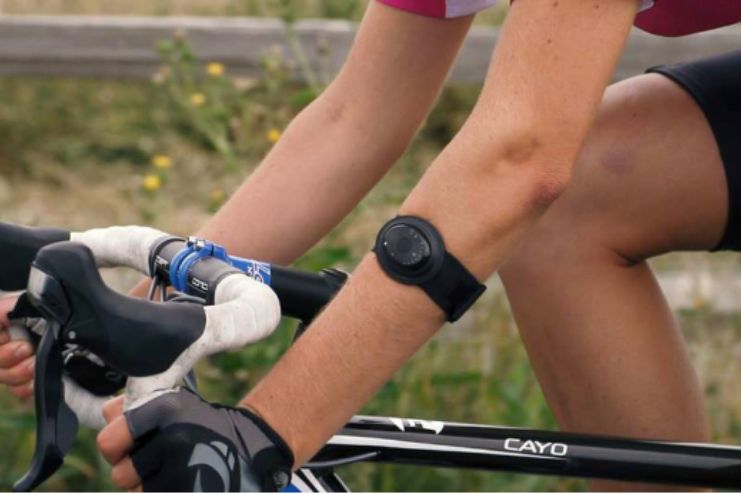
To ensure the success with the tools and techniques, keep the following best practices in mind:
- Be Clear About What You Want: Before working with a device, know what you want to accomplish—reduction in stress, focus, sleep improvement, or athletic performance.
- Follow Guided Training Programs: Most devices for HRV and breathwork are accompanied by apps that guide you through exercises, give real-time feedback, and track progress. Use the structured programs given based on your needs.
- Be Practiced: The ability to control breath and HRV responds to regular practice, just like any skill. Therefore, a practice of about 5-20 minutes, performed at least every day, should yield noticeable results.
- Breathe Mindfully: The Flowtime Headband, Reflect Orb, and HRV biofeedback devices work best when combined with mindful breathing techniques such as:
- Coherent breathing (anywhere from 5-6 breaths per minute)
- Box breathing (inhaling, holding, exhaling, holding—all for 4 seconds)
- Resonance frequency breathing (using HRV devices to locate your ideal breath rate)
- Monitor & Adjust: Listen to your device’s real-time feedback. Fine-tune your breathing in relation to changes in your HRV patterns and relaxation scores to achieve better outcomes.
- Use in a Calm Environment: Find a quiet and comfortable space to minimize distractions. Deep relaxation is best achieved within a space that maximizes focus and mindfulness.
- Chart Progress & Adapt: A great majority of HRV and breathwork devices sync with apps to record your progress, so make sure to utilize this information for establishing patterns, modifying techniques, and measuring improvements through time.
- Use with Other Relaxation Modalities: For greater benefits, engage in HRV training in conjunction with meditation, yoga, or progressive muscle relaxation.
Regularly using breathwork and HRV biofeedback, which are based on scientific validation, can teach effective stress-response control and establish emotional resilience and well-being.
Final Thoughts: Are Breathwork & HRV Monitors Worth It?
Breathwork and HRV monitoring have proven to be significant methods for managing stress and developing resilience and longevity.
The biofeedback supplied through wearables and apps allows users to view their physiological state in real time and manage stress by enacting controlled breathing techniques.
Scientific research links HRV with stress resilience in long-term health. Thus, their functionality becomes instrumental for anybody willing to optimize health.
When selecting the appropriate device, considerations such as accuracy, real-time measuring, app integration, and biofeedback should be considered for the device to be effective.
Training that involves HRV tracking and breathwork will only help improve cognitive strength, sleep quality, and emotional balance for athletes, mindfulness practitioners, and common people looking to control stress.
Consistency is key. Regular practice of breathwork and HRV feedback can have an outstanding impact on stress relief and longevity.
When complemented by other healthy lifestyle choices, such as the right nutrition, physical exercise, and mindfulness, these devices can be supportive tools for attaining optimal health and resilience in a fast-paced world.
References
- https://www.frontiersin.org/journals/psychology/articles/10.3389/fpsyg.2021.624655/full
- https://www.sciencedirect.com/science/article/abs/pii/S0149763422000136
- https://www.sciencedirect.com/science/article/pii/S0167876023000549
- https://pmc.ncbi.nlm.nih.gov/articles/PMC11794680/
- https://www.frontiersin.org/journals/neuroscience/articles/10.3389/fnins.2021.691988/full
- https://www.frontiersin.org/journals/psychiatry/articles/10.3389/fpsyt.2022.961294/full
- https://pmc.ncbi.nlm.nih.gov/articles/PMC10412682/
- https://medium.com/%40altini_marco/30-days-of-heart-rate-variability-hrv-biofeedback-3fb7eb0209c3
- https://www.mayoclinic.org/tests-procedures/biofeedback/about/pac-20384664
In this Article



















